5 slavery sites in Seychelles from the colonial period
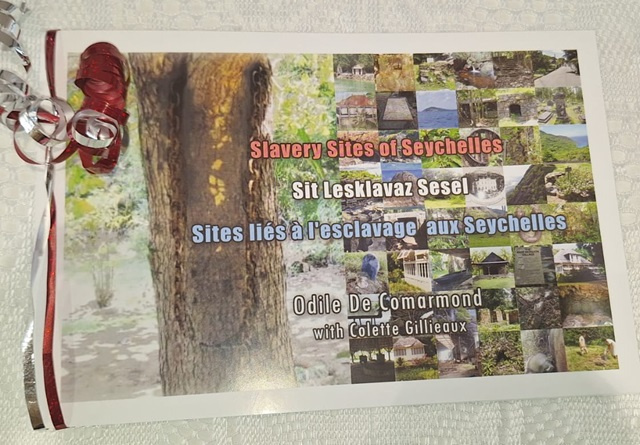
(Seychelles News Agency)
(Seychelles News Agency) - A book detailing some slavery sites in Seychelles, 115 islands in the western Indian Ocean, was launched in May.
The book, a project of former history teacher and senior government education official, Dr Odile De Commarmond, who was assisted in the research by Colette Gilleaux, gives details of some of the islands' sites associated with the island nation's 65 years of slavery during the French and British colonial periods.
From a rock where many slaves were murdered, to the French pirate Jean-Francois Hodoul, who had large concessions of land, to a plantation house with its origin dating to 1792, to an estate with an ox mill still in use today.
SNA presents five slavery sites found in Seychelles and featured in the book.
Venn's town
Opened in 1875, Venn's Town was a settlement with plantations of vanilla and patchouli, among other things. Located up the hills at Sans Soucis in the northwest of the main island of Mahe, it was established by the Christian Missionary Society and named after Henry Venn, an Anglican evangelist. The institution closed in 1889. The missionaries ran a school for liberated African slaves' children landing in Seychelles after 1861. The ruins and foundations of these buildings still stand today. A cemetery was also part of the compound.
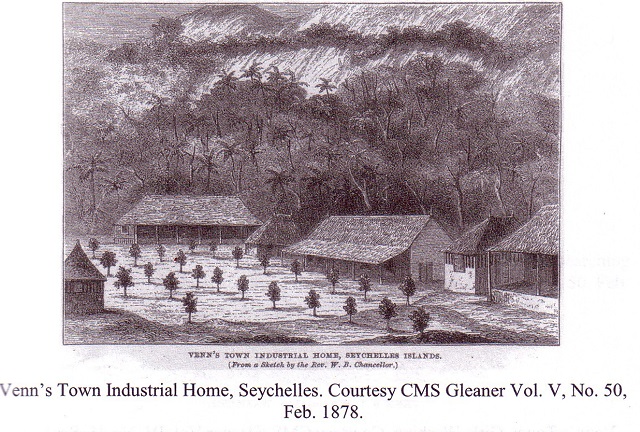 |
| (National Heritage) Photo License: CC-BY |
Ros Kriminel (Criminal Rock)
Located on the island of Grande Soeur, a rocky island with little flat areas, is a vast rock where it was reported that many slaves were murdered. At the time, the island was inhabited by slaves, and according to records, slaves who rebelled or misbehaved were taken to the top of the rocky hill and thrown down into the sea.
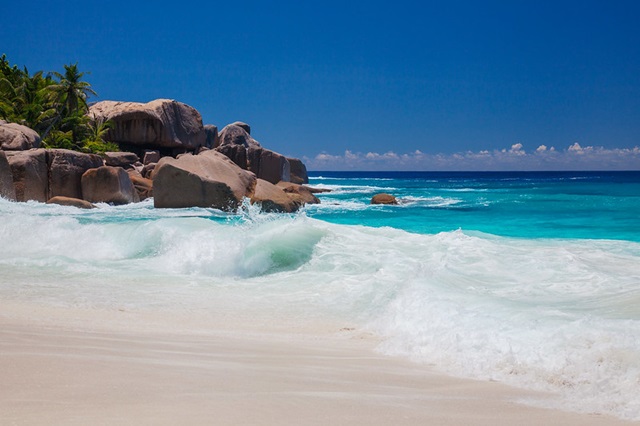 |
| (Jean-Marie Hullot, Flickr) Photo Licence: CC BY 2.0 |
La Plaine St Andre
Located in the eastern district of Au Cap on the main island of Mahe, La Plaine St Andre is a plantation that dates back to 1792. It was previously owned by the St Jorre family, who once owned 60 acres of land used as a plantation. Records show that by 1812, the owner of the property, Jean-Francois-Marie Jorre de St Jorre, owned 53 slaves.
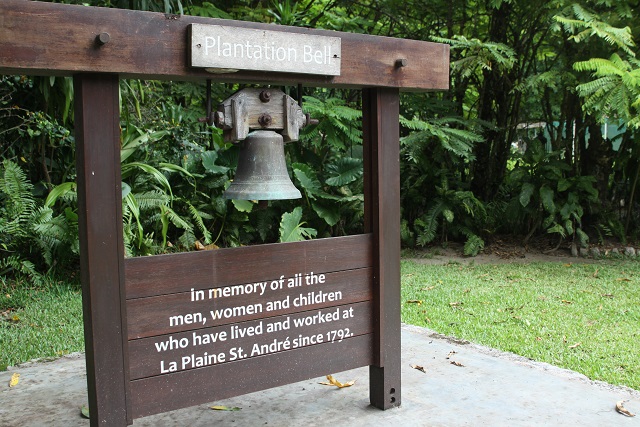 |
| (Joe Laurence, Seychelles News Agency) Photo License: CC-BY |
L'Union Estate
Probably the most prized and valued landmark on the third most populated island of La Digue, L'Union Estate still generates a lot of revenue for the island through agricultural activities, which is no different from the days of slavery. The around 300-hectare estate is still well preserved and still has evidence of slavery. These include the ox mill and an old heater used to produce coconut oil. Owned by French Jean-Francois Hodoul, a sea captain, pirate, and plantation owner, who started ship construction, something that is still being done on the island.
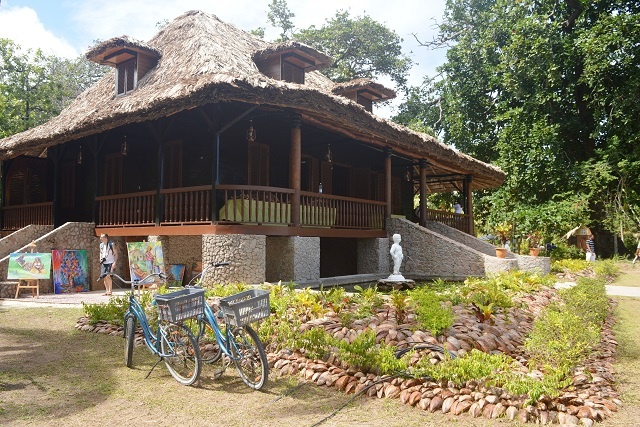 |
| (Seychelles News Agency) Photo License: CC-BY |
Jardin Marron - Silhouette Island
In a mountainous area of Silhouette, the third largest island of the Seychelles archipelago, lies Jardin Marron, a trail built by the first slaves who lived on the island at the end of the 1700s. The trail bears the name Marron after several slaves made the area their homes after escaping their masters. Some large caves were observed in this area.
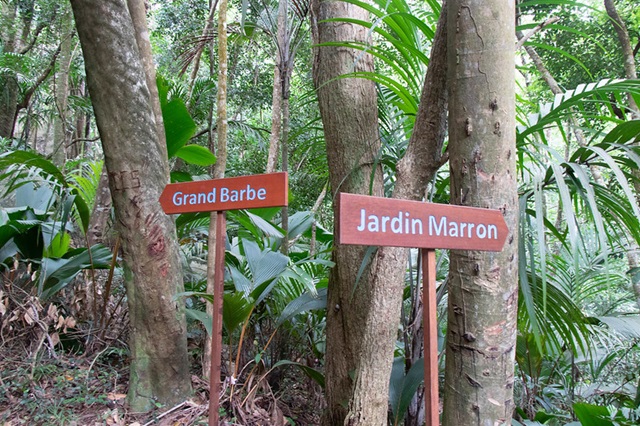 |
| (Yashima, Flickr) Photo Licence: CC BY-SA 2.0 |





